AI Smart Mirrors & Health-monitoring Surfaces — utility meets design
1. Introduction
Imagine stepping into your bathroom in the morning, looking into what appears to be an elegant wall mirror… except it’s also quietly gathering health data: your resting heart rate, skin hydration, perhaps even metabolic indicators. Your smart mirror subtly adjusts lighting to flatter your skin, reminds you of appointments, and can stream wellness tips. This is more than sci-fi—it’s becoming reality.
Health-monitoring smart mirrors and surfaces represent a merging of utility and design. They go beyond reflective surfaces to act as wellness hubs, seamlessly integrating health data capture into daily routines without requiring you to wear an extra device. The design challenge is huge: making devices feel beautiful, functional, private, and useful.
Several technologies are converging to enable this trend: advanced computer vision, AI & machine learning, passive or unobtrusive sensors, cloud/edge computing, smart materials. Prototypes and early products are already on show, but barriers remain: cost, privacy, accuracy, user acceptance.
In this article, we explore what such smart mirrors & health surfaces are, what they can do, how they work, what current products are available or in development, what to watch out for, and what the future holds.
2. Key Technologies Behind Smart Mirrors & Surfaces
To understand what these devices can do—and what their limits are—we need to review the technical enablers.
2.1 Computer Vision & AI
- Many smart mirrors rely on camera(s) to observe the user’s face (skin tone, wrinkles, hydration, maybe pores or oil) or body (posture, shape, etc.). AI / ML models analyze the visual input.
- For example, Shen AI claims to track 30+ health metrics via a 30-second face scan using remote photoplethysmography (rPPG), estimating blood pressure, stress, heart rate etc. via just the camera. shen.ai
- Anura MagicMirror similarly uses facial blood flow information via camera to generate vital signs and health risk assessments with their Deepaffex engine. NuraLogix
2.2 Sensors & Materials
- Touch surfaces, skin analyzers, scales: many smart mirrors combine hardware sensors. Example: Ricovi’s touch-enabled mirror with integrated body scale + skin analyzer. Ricovi Global
- Passive health-monitoring surfaces: research into metamaterials and functionalized surfaces that can detect cardiopulmonary data without active sensors. For example, metamaterial textiles that act as surfaces for contactless cardiopulmonary monitoring. PubMed
- Mirror surfaces that double as displays (smart mirror displays), coatings, optical films, etc.
2.3 Display & Lighting Integration
- Mirrors that light up, change lighting temperature, adjust brightness to reduce glare or highlight the user. For skin care / makeup, lighting is critical (color rendering index, color temperature).
- Touch or gesture control embedded behind the mirror or via frame. Some devices have display overlays, voice assistants embedded.
2.4 Connectivity, Edge vs Cloud, Privacy
- Some devices process everything locally (mirror has embedded compute); others send data to cloud for analysis. With AI health analytics, edge processing helps with privacy, lower latency.
- Privacy concerns are real: face cameras, cameras scanning skin, health metrics. Secure storage, user consent, anonymization matter.
- Connectivity: WiFi, Bluetooth, sometimes integration with other smart home / wellness devices.
3. Health Metrics & Functionalities
Here are the kinds of health and wellness metrics and functions smart mirrors and surfaces aim to deliver.
3.1 Vital Signs
- Heart rate, HRV (Heart Rate Variability), Stress indices: via facial scanning (rPPG) or via sensors. Mirrors can show real-time heart rate, monitor stress/trends over time.
- Blood pressure estimates: Some AI models estimate BP via camera scans; not yet as reliable as cuff devices, but improving. Example: Shen AI. shen.ai
- Body composition & weight: Mirrors with scales or with sensors in mirror base to measure weight; some go further (body fat estimates, metabolic health). Withings Omnia concept mirror claims to integrate weight & metabolic health. The Verge
3.2 Skin & Beauty Metrics
- Skin hydration, oil levels, texture, wrinkles, age spots. Smart makeup mirrors (e.g. Mirroh.Ai S2) offer AR makeup trials, lighting simulation for applying cosmetics appropriately. mirroh.ai
- Skin analyzer tools embedded in mirrors help track skin condition over time, help in decisions on skincare routines.
3.3 Ambient and Passive Health Monitoring
- Surfaces or materials that passively sense parameters, e.g. metamaterial textiles for cardiopulmonary monitoring via ambient signals. This avoids need for active involvement. PubMed
- Body scanning mirrors (like Intel Wellness Mirror) using depth cameras or 3D measurement to derive height, posture, BMI etc. nadavzamir.com
3.4 Wellness Coaching & Feedback
- In many concept products, there is an AI voice assistant that gives feedback: “Your resting heart rate is elevated today, maybe take rest”, “Your skin moisture is low, drink water”, etc. Withings Omnia concept shows this kind of combined feedback. The Verge
- Smart mirrors as morning routines: quick check-in, baseline metrics, reminders.
4. Design, Aesthetics & Integration
Utility is crucial, but design determines whether people will accept these devices in their homes.
4.1 Mirror Types & Styles
- Vanity / bathroom mirrors: must be moisture-resistant, safe for wet environments. Lighting around edges or integrated LED ring lighting helps reduce shadows.
- Dressing mirror / wardrobe mirror: full-length, integrated display or projected overlay, sometimes voice / gesture interaction.
- Wall mirrors with embedded display: subtle embedded screen that shows info when needed; otherwise acts like regular mirror.
4.2 Reflectivity vs Display Overlay Trade-Offs
- Mirror with display must preserve reflectivity when display is off, minimal distortion. Special coatings, two-way mirror glass, optical bonding, low reflectivity displays help.
- Brightness: display must be bright enough to read over ambient light but not overly glaring.
4.3 Lighting Integration
- Good lighting is essential for beauty / skin metrics or makeup. Adjustable color temperature, even illumination to avoid shadows.
- Some mirrors include ring lights, backlight edges, or tunable lighting (warm / cool / daylight).
4.4 Materials, Frame, Build Quality
- Frames / bezels must complement home design: modern minimal, metallic, wooden, decorative, etc.
- High quality glass or safety glass is used, moisture / humidity protection for bathroom mirrors.
- Thickness, mounting options, cable routing, hidden connectors matter.
4.5 Smart Home Integration & User Interactions
- Voice control, gesture control, integration with smart home lighting / thermostat / speakers: e.g. “Good Morning” mode where mirror shows data + adjusts lights.
- Touch vs no-touch: some mirrors avoid touch screens for hygiene; gesture or voice preferred in wet areas.
- Multi-user profiles (mirror recognizes who is in front, shows their metrics).
5. Use Case Scenarios
To see why this tech matters, here are how it can be used in different settings.
5.1 Home Wellness Routines
- Morning check: wake up, look into mirror, see heart rate, hydration, weight, reminders.
- Skin / makeup routines: evaluate skin condition, adjust lighting, apply makeup with AR overlays.
- Evening wind-down: mirror indicates sleep readiness, tips based on metrics (HRV, stress).
5.2 Fitness Studios & Home Gyms
- Fitness mirror surfaces that show posture, perhaps vital signs while working out.
- Post-workout recovery data – contrast with baseline to assess overtraining.
5.3 Healthcare & Telehealth
- In clinics or telemedicine, smart mirrors can help with remote patient check-ups: vital signs, skin issues, posture.
- Elderly care: mirror surfaces that detect falls, track heart/respiration passively.
5.4 Beauty Salons & Retail Environments
- AR makeup try-ons, lighting adjustment, skin analysis, recommendations.
- Smart mirrors used for fitting rooms to adjust lighting so clothes look their best.
5.5 Hotels / Public Spaces
- Mirrors that greet you, show weather, health tips, interactive info in hotel rooms.
- Public wellness kiosks: e.g. Anura MagicMirror as tabletop in shared spaces to quickly scan vital signs. NuraLogix
Sample Continuing Sections
I’ll sketch bullet points for the next sections, then continue writing them (sections 6-10) if you like this.
6. Commercial Products & Prototypes (continued deeper)
- Detailed specs, strengths, weaknesses of Withings Omnia, Shen AI, Ricovi Halo, Intel Wellness Mirror, etc.
- Comparing price, sensor accuracy, user interface, privacy features.
7. Challenges & Limitations
- Environmental variables: lighting, posture, skin tones etc.
- Calibration / consistency issues over time.
- Cost, repairability, privacy risks.
- Regulatory clearance (are health metrics FDA/CE-approved?).
8. What to Look for When Buying / Designing
- Display quality: brightness, color temp, CRI, reflectivity
- Sensor validation: how accurate your algorithms are, whether studies exist.
- Data & privacy policy.
- Integration with other devices.
9. Future Trends & Emerging Research
- Ambient monitoring surfaces- textiles, metamaterials. PubMed
- Deep-tissue bioelectrical recording via skin surfaces and thin functional coatings. arXiv
- Smarter AI assistants in mirrors for predictive health.
10. Conclusion
- Summary: utility + design balance, early adoption vs future promise
- How consumers should approach adoption
- What to expect in next 3-5 years
Share this content:
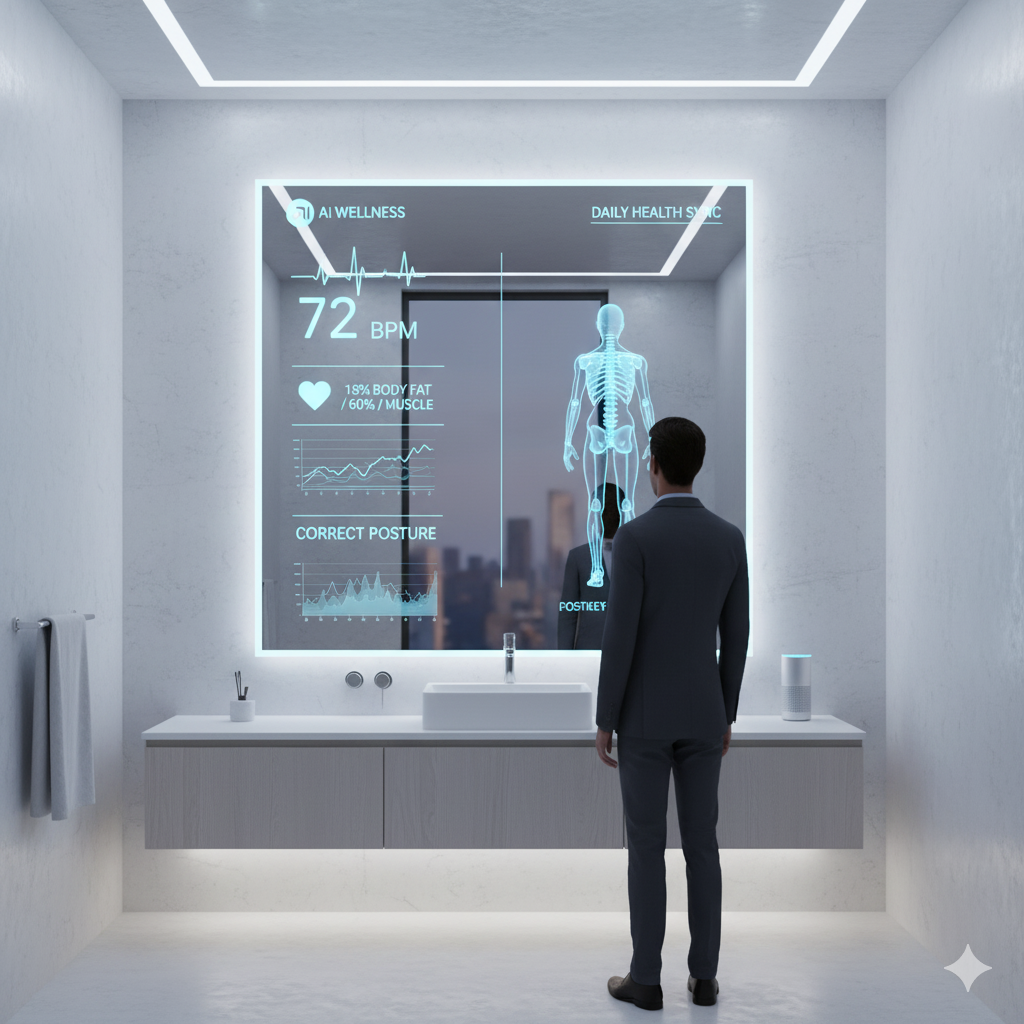

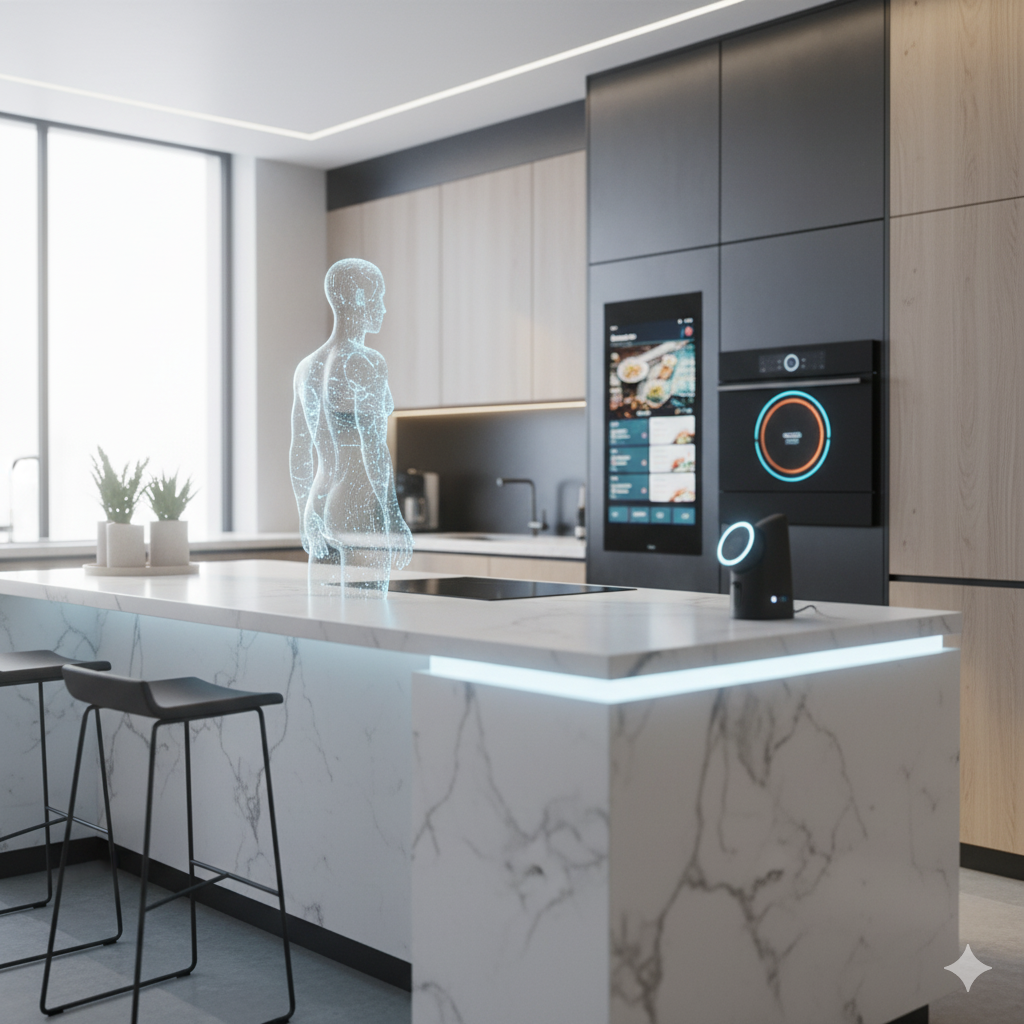
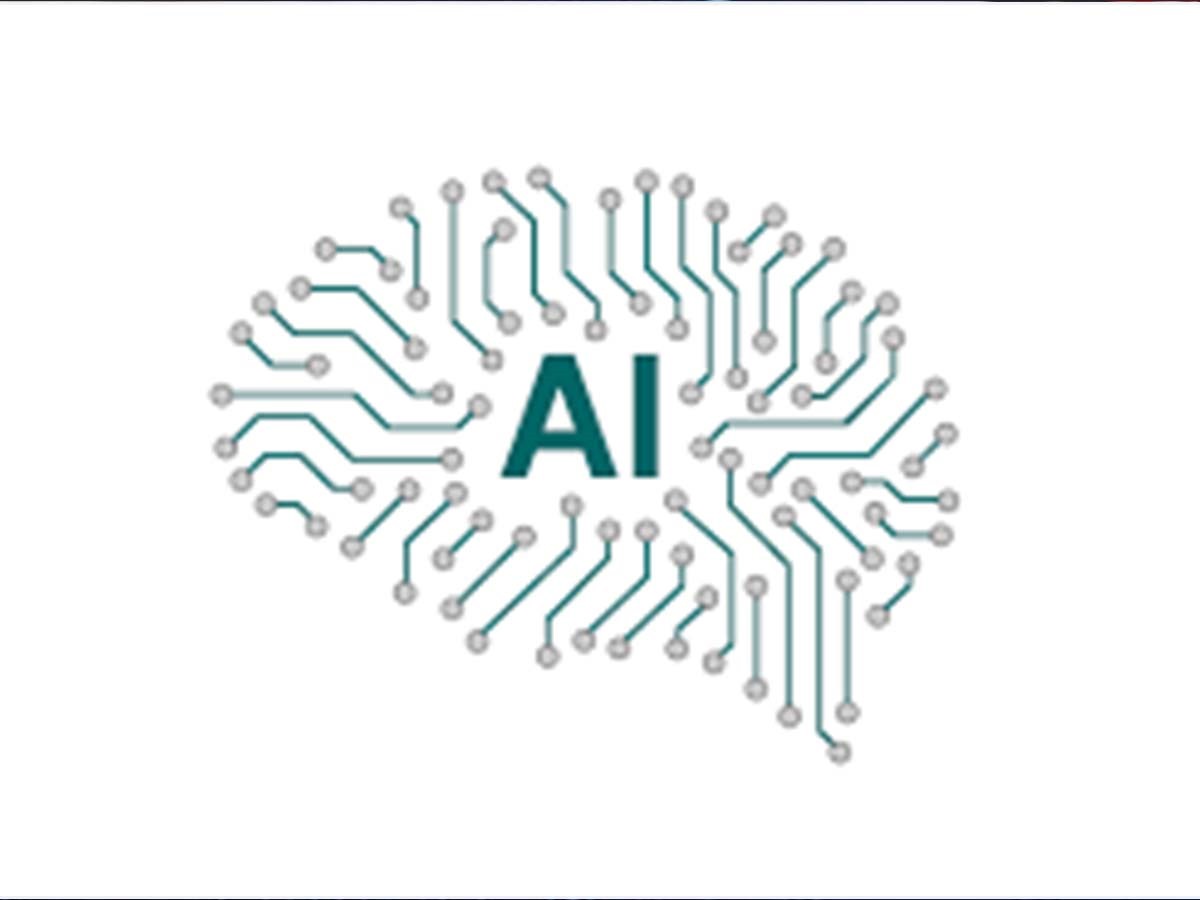

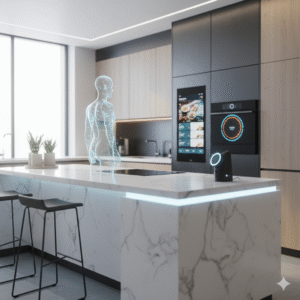

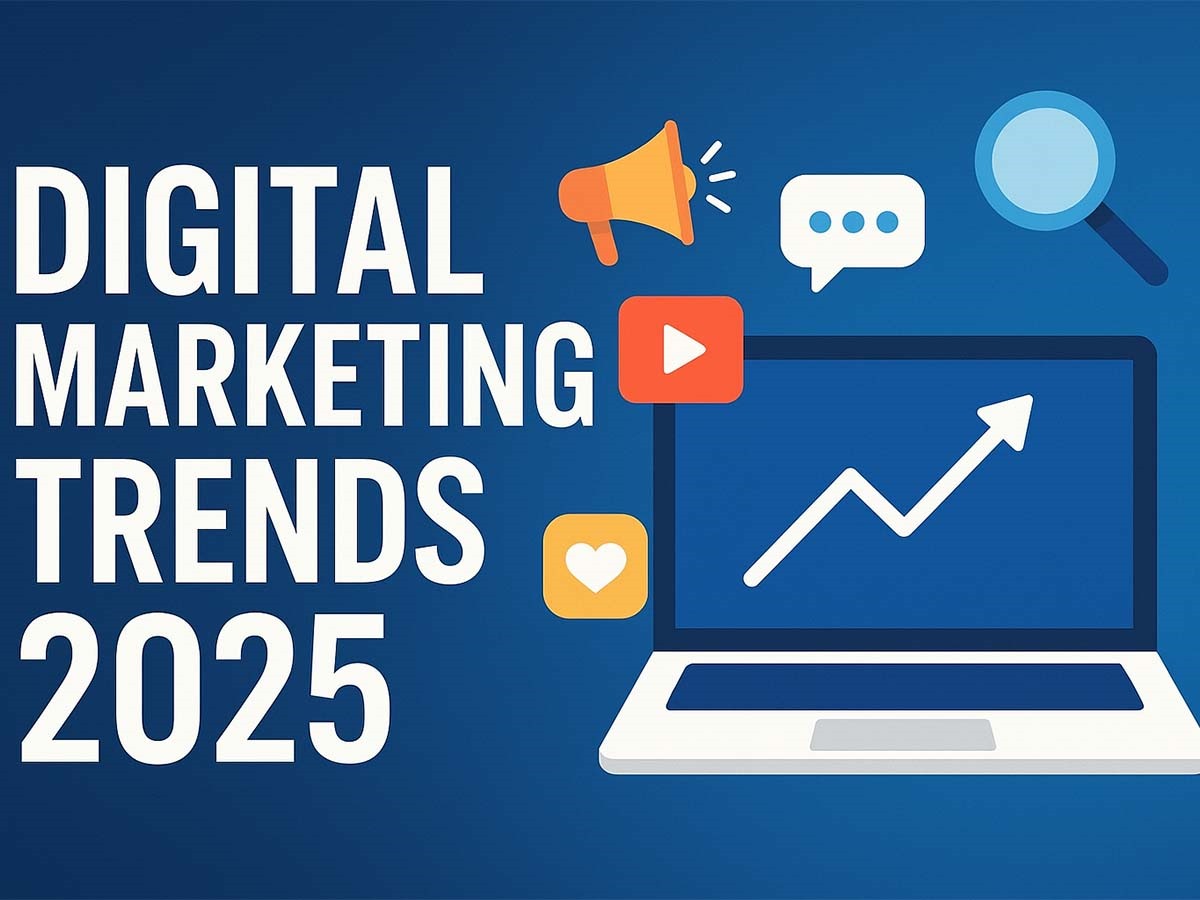
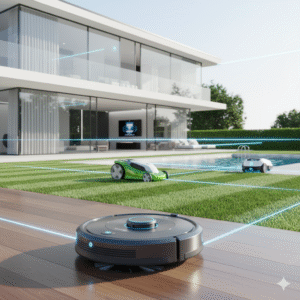
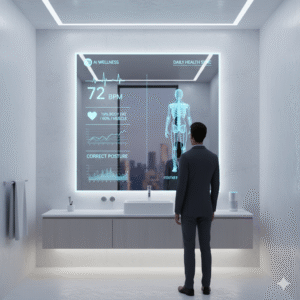
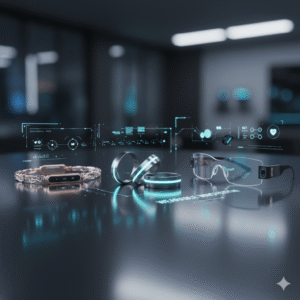
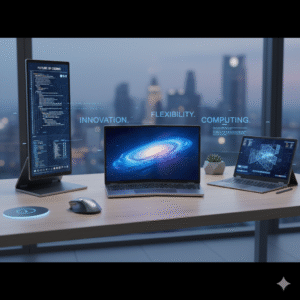
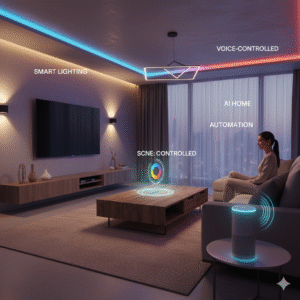
Post Comment